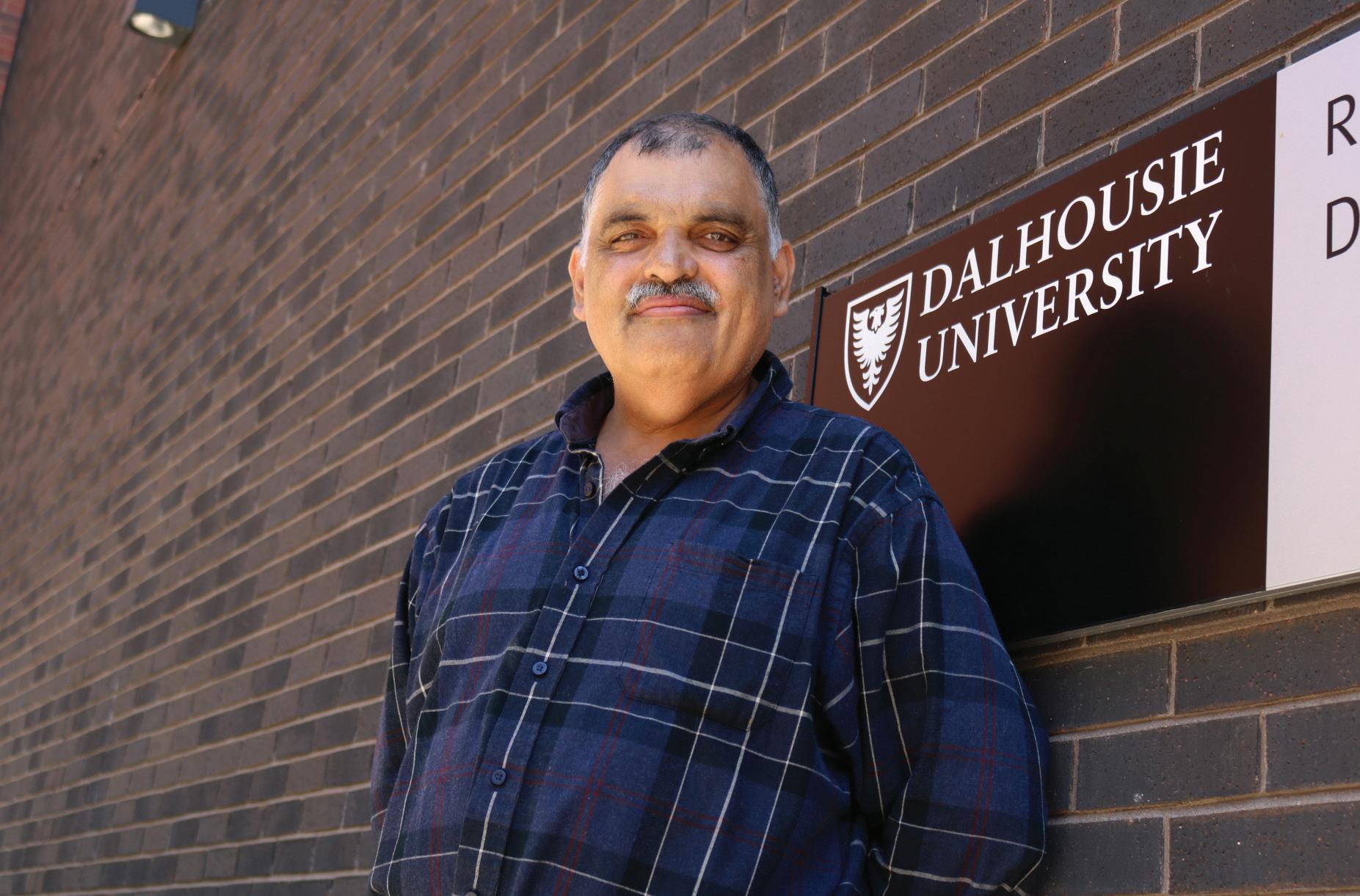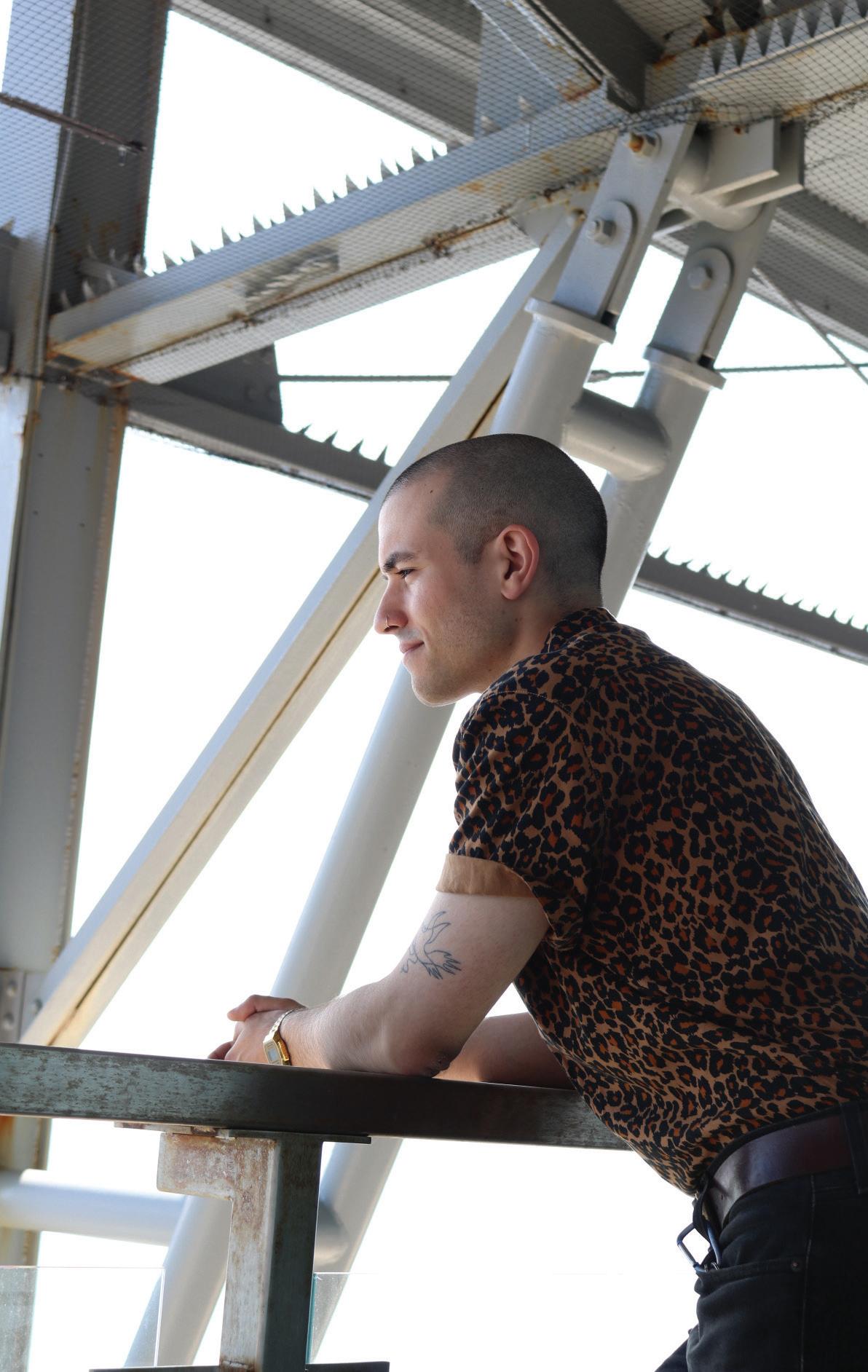
5 minute read
Don’t be so scared of the robots: Two AI experts discuss industry-level impact
It has become increasingly difficult— oftentimes, impossible—to tell the difference between human and robot-generated responses. With user-friendly Artificial Intelligence technologies like ChatGPT, communication with robots has become commonplace and arguably the new normal.
This type of cohesive cyber-relationship has not always been the case, however.
According to the Department Head of Industrial Engineering at Dalhousie University, Uday Venkatadri, P.Eng., the AI tools that existed in the 1990’s during his PhD at Purdue University were very mechanical and unhuman.
“There has been a ‘rebranding’ of AI in recent years in which all the concepts we used to see in the early days are now a reality,” he says. “Everything has gotten so much quicker and better.”
Venkatadri notes the major impacts to teaching and research given the widespread application of AI across an array of workplaces, including professional engineering.
“A lot of it is coming from the high degree of automation capabilities that AI machines have these days— things like self-driving cars, and automated mobile robots. I think from a teaching perspective, we need to make sure that our students can work within these new terms.”
Self-driving cars are an output of machine learning (ML), a branch of AI in which data-fed algorithms can mimic the way humans learn and predict outcomes. As the processing power of big data continues to expand, these human-built algorithms are only getting smarter, and more accurate.
In industrial engineering, for example, an AI robot can do some of what Venkatadri deems the “nitty gritty stuff” such as providing a forecasting system for inventory, as opposed to a human physically flipping through a load of paperwork to complete a data analysis. Processes such as this can be automated so that an engineer can focus their energy on more specialized skills like design.
Alex Pottier, Dalhousie Industrial Engineering graduate and Program Manager for campus-based ocean tech company, DeepSense, adds to this sentiment. Managing the development of ML systems that respond to the needs of ocean-related companies in Atlantic Canada, Pottier has seen automation work firsthand.
Take a local fishery, for example. DeepSense could build a computer vision model to scan a fishing boat’s deck in real time to count and categorize the fish by species. The tedious cataloguing done by a human could be done almost instantaneously by AI technologies.
“AI is an extension of yourself and furthering what you already do,” says Pottier. “If you’re working with data or doing any kind of forecasting, it just gives you more power to do that. You can make much more informed decisions if you have that input next to your intuition.”
Pottier is confident that ML can significantly cut down the time an engineer spends on cognitive tasks.
“Think about if you’re working on a schedule or a routing problem; as an engineer, you already have a built-in knowledge on how such systems should work,” he says. “Using ML and AI, you can assemble something, and you can interpret it to see if its correct or not before, rather than spending time on developing such systems.”
That said, if we’re handing off some of the work to robots, there are an array of ethical concerns to consider. At the forefront of public discourse is that AI and ML are expected to replace humans in a variety of jobs, including different strains of engineering.
To this, Pottier advises people to take a step back before jumping to conclusions.
“I totally understand that concern and to some degree share it, but I think it’s a deferred concern to a time in the future when the capabilities are a lot more advanced than they are right now,” he says. “At the moment, it’s going to make people’s jobs easier and make dangerous jobs safer—it’s really up to the people working on it to implement it in a way that mitigates risk.”
A learning model is only as good as the person’s understanding of the system that trains it. This is why Pottier urges professional engineers to apply AI in a collaborative, gradual and thoughtful manner.
Health and safety within the profession should always be the number one priority, with AI or not. Venkatadri encourages engineers to work alongside AI to ensure safety, rather than against it out of fear and misunderstanding.
As for the future, things are not entirely clear. Both Venkatadri and Pottier acknowledge the evolving nature of AI, but they remain hopeful.
“I think that the genie is out of the bottle so now the biggest challenge is how we’re going to best make AI work for us and society,” says Venkatadri. “What’s exciting is that we have a new and more rapid way of learning, there’s no need to sit down and look at books anymore.”
Pottier has witnessed new learning methods in action— things like AI predicting water levels to elicit safer marine travel and forecast a comparison of greenhouse gas emissions between gas and electric-powered boats. All methods that are saving companies money and making the harbor a healthier place.
“I’m seeing things that human beings wouldn’t be capable of without AI.”



